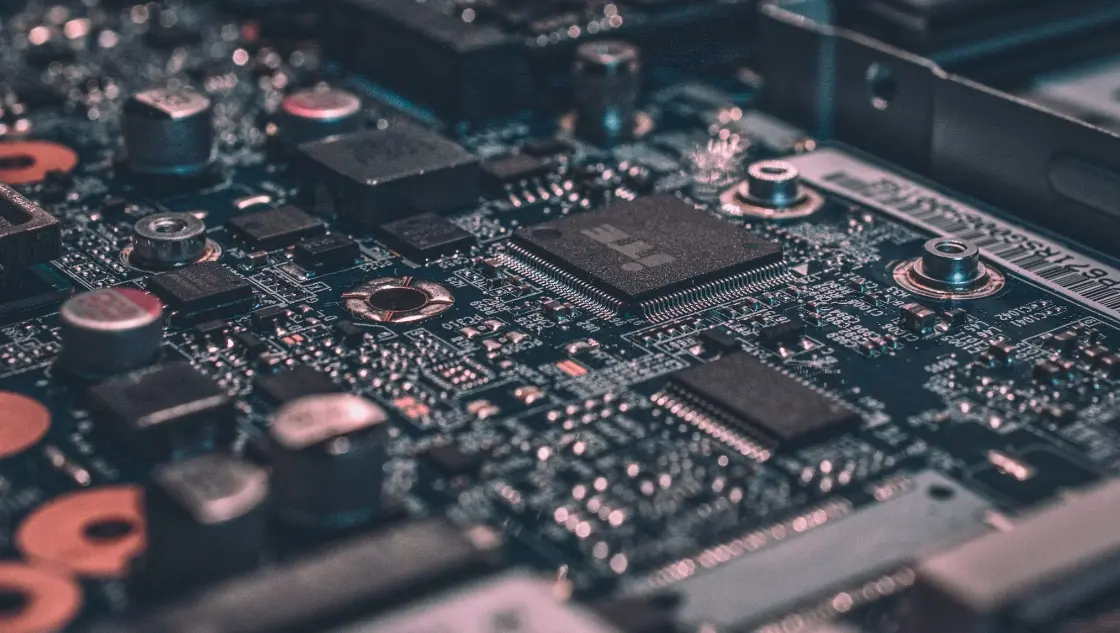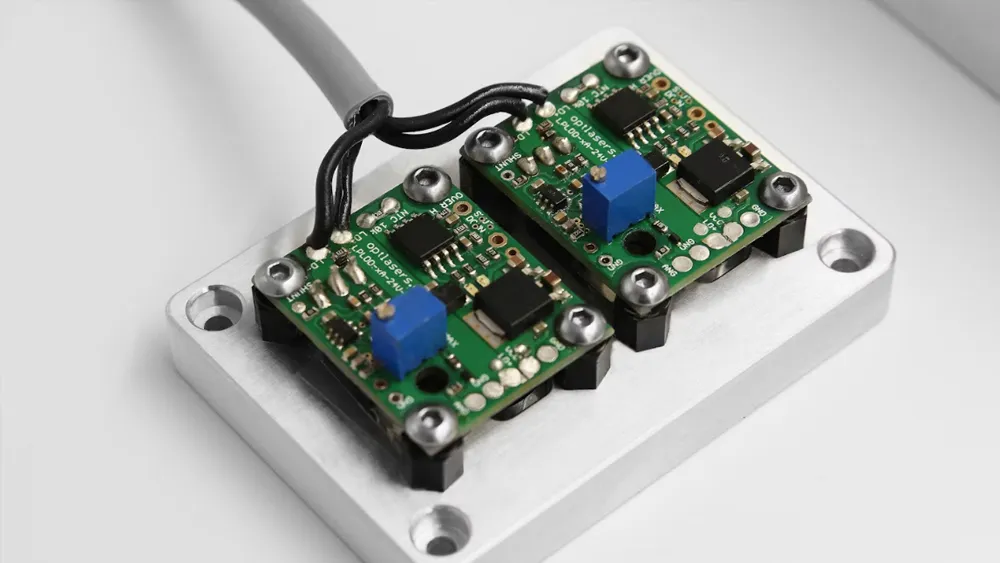
CB Certification for Small Household Appliances
Scope of cb certified Products:
The CB scheme covers products that fall within the scope of IEC standards recognized by the IECEE system. Generally, this includes electrical devices poweRED by AC and electronic/electrical products powered by DC (batteries).
- Household Appliances:
Rice cookers, refrigerators, air conditioners, washing machines, electric kettles, water heaters, printers, fresh air systems, etc.
- Lighting and LED Drivers:
Ceiling lights, garden lights, floodlights, desk lamps, etc.
- Audio-Visual Equipment:
Headphones, TVs, monitors, speakers, cameras, projectors, etc.
- Information Technology Equipment:
Mobile phones, computers, switches, servers, set-top boxes, smart bands and watches, etc.
- Switching Power Supplies:
Switch controllers, adapters, DC power supplies (batteries, etc.)
> Note:Electromagnetic compatibility (EMC) is not included in the CB scheme unless specifically required by the IEC standard used.

Test Items Include:
- Input Test
- Label Durability Test
- Hazardous Energy Test
- Capacitor Discharge Test
- Current Limiting Circuit Test
- Limited Power Source Test
- Ground Resistance Test
- Humidity Treatment Test
- Dielectric Strength Test
- FaULt Condition Test
- Glow Wire Test
- Surge Voltage Test
- Insulation Resistance Test
- Working Voltage Test
- Power Cord Tension Test
- Stability and Impact Test
- Drop Test
- Plug Torque Test
- Temperature Rise Test
- Ball Pressure Test
- Touch Current Test
- Vibration Test
- Needle Flame Test
- Horizontal and Vertical Flame Test
- Drum Test
Applicable Testing Standards:
- Switching Power Supply:IEC 61558-2-16
- LED Tubes:IEC 62776
- Legacy IT Equipment:IEC 60950
- Legacy AV Equipment:IEC 60065
- IT & AV Unified Standard:IEC 62368
- LED Bulbs:IEC 62560
- Household Appliances:iec 60335
- LED Drivers:IEC 61347-2-13
Required Documentation for cb certification:
1. Product User Manual (in English)
2. Safety Design Documents (including key structural drawings showing creepage distance, clearance, insulation layers and thickness)
3. Product Technical Specifications (or company standards)
4. Electrical Schematic Diagram
5. Circuit Diagram
6. List of Key Components or Raw Materials (preferably with EU/US certification marks)
7. Copies of Certificates for the Whole Unit or Key Components
> Note:Under normal testing conditions, CB certification typically takes 4–6 weeks.
Important Notes for CB Certification of Household Appliances:
1. Components used in the product must be certified (e.g., wires with VDE certification, components with UL, CCC/CQC certifications).
2. For different countries, CB certification may require deviation testing(to account for national differences in standards, such as voltage and frequency). Confirm the export destination country before applying.
3. CB certification is stricter than CE certification. Product samples must be well-prepared.
4. CB certification does not require a factory audit.
5. The cb test report will detail all tests, measurements, validations, inspections, and evaluations clearly and unambiguously. It also includes photos, circuit diagrams, images, and product descriptions. Therefore, ensure the submitted documentation is accurate and complete, or the certification may fail.
Email:hello@jjrlab.com
Write your message here and send it to us
 What is Amazon US CPC Certification?
What is Amazon US CPC Certification?
 UK Toy Safety Regulation Standard EN 71-13
UK Toy Safety Regulation Standard EN 71-13
 What is EU UFI Registration?
What is EU UFI Registration?
 EU UFI Registration for E-cigarette E-liquid
EU UFI Registration for E-cigarette E-liquid
 How to get the MSDS Report for Electronic Cigarett
How to get the MSDS Report for Electronic Cigarett
 Prop 65 Warning on Appliances
Prop 65 Warning on Appliances
 Apparel Heavy Metal Testing
Apparel Heavy Metal Testing
 Can You Conduct Lab Tests to UL Standards
Can You Conduct Lab Tests to UL Standards
Leave us a message
24-hour online customer service at any time to respond, so that you worry!




